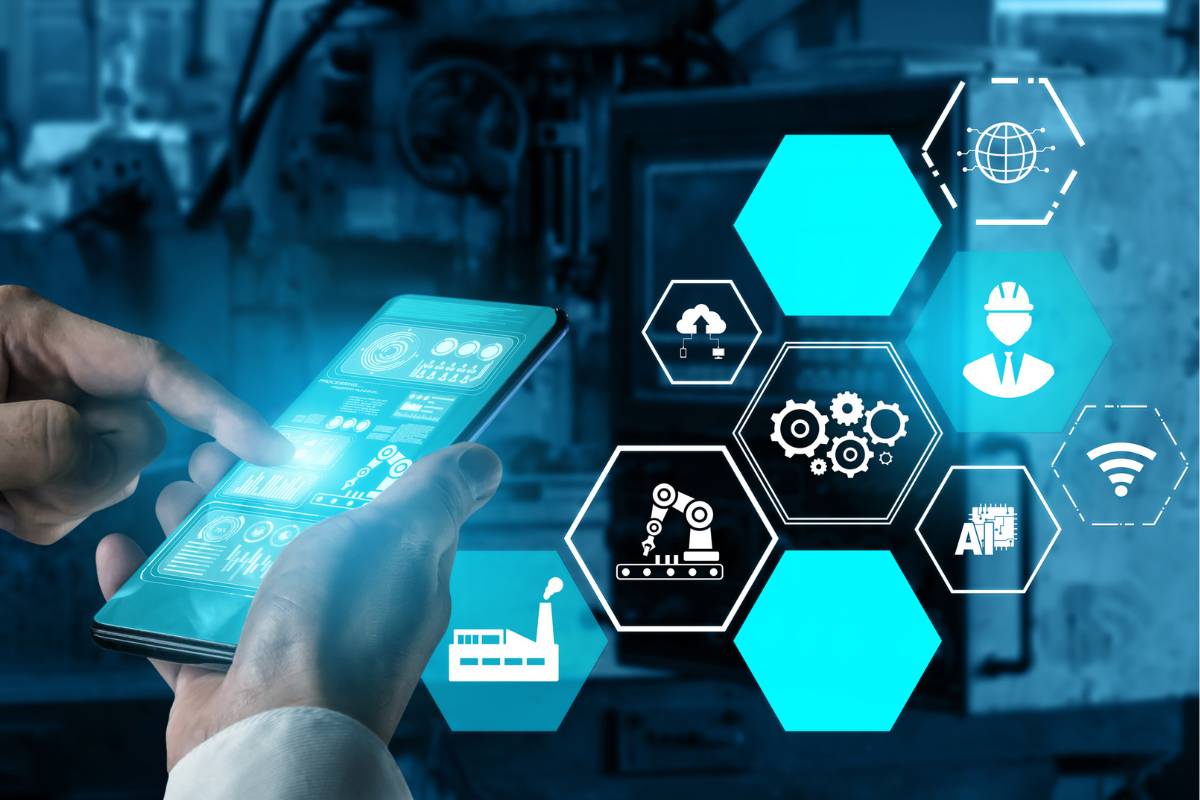The term Web 4.0 is increasingly used to describe the new generation of the internet. It represents a significant evolution from the current Web 3.0, with the promise to revolutionize how we interact with technology and, consequently, the world around us. To better understand what Web 4.0 is, it’s necessary to contextualize this discussion within the broader concept of the fourth Industrial Revolution, also known as Industry 4.0. This refers to the use of advanced technologies such as artificial intelligence, the Internet of Things, and big data.
Here’s an overview of the changes brought about by this technological update and the possibilities it offers for both interaction and everyday work:
Changes with Web 4.0

Web 4.0 emerges to enable the seamless and intelligent integration of all new technologies. While Web 3.0 brought significant improvements compared to the previous version—such as personalized content and mobile device interaction—Web 4.0 goes even further. It is characterized by its enhanced capacity to integrate the internet with the physical world, allowing for a more natural and fluid interaction between humans and machines. This is largely due to the development of the Internet of Things (IoT), enabling the connection of everyday objects to the internet and the sharing of data among them.
In this context, it becomes possible to have a broader view of the world around us, with real-time data collection and analysis. Additionally, Web 4.0 promises greater customization and adaptation to the needs of each user, increasing the demand for innovation in companies.
With data collected through the Internet of Things, for example, systems will be able to anticipate users’ preferences and needs, delivering increasingly relevant and personalized content. However, it’s essential to emphasize that Web 4.0 will not be a standalone evolution but rather integrated with the fourth industrial revolution.
Role of IT in Web Evolution
The involvement of the information technology (IT) sector is crucial to ensure the secure and efficient implementation of this digital transformation. To prepare your company for Web 4.0, organizations need to be attentive to these trends and invest in technologies that enable the integration of the internet with the physical world. This includes:
• Use of smart devices
• Real-time data collection
• Systems capable of processing large volumes of data
• Massive information analysis
Moreover, Web 4.0 will bring significant changes to the job market, requiring new skills and competencies from professionals. The ability to handle large volumes of data will be increasingly valued, as well as the ability to work with new technologies such as artificial intelligence and IoT.
Therefore, it’s important for professionals to prepare for these changes by investing in training and continuous updating. The technology and information areas will be the most impacted, as they are responsible for implementing and managing the emerging technologies.
Next Steps for the Future
It’s a fact that Web 4.0 represents a new era in the evolution of the internet. To be prepared for these changes, companies must invest in technologies capable of integrating the internet with the physical world, in addition to investing in skilled IT professionals. Preparing for the new demands of the market, investing in skills and competencies that will be increasingly valued, can be a significant differentiator for your business.






